Web Menu
Product Search
Exit Menu
What material is recycled leather? The advantages and disadvantages of recycled leather and how to distinguish
Recycled leather is to pulverize real leather or recycled leather raw materials into leather fibers of a certain size, then mix it with natural rubber, resin and other raw materials, and then compress it into a filter cake; heat the filter cake to make the surface fiber Melting is viscous, and each layer is extruded, glued, dehydrated into shape, dried, sliced, embossed and surface treated to obtain the final product.
Advantages and disadvantages of recycled leather
1. Advantages
Recycled leather is moisture-absorbing and breathable. It has the same softness and elasticity as real leather, light texture, strong resistance to high and low temperature, and abrasion resistance.
2. Disadvantages
The strength is worse than that of leather of the same thickness, and of course it is worse than PU, so it is not suitable for leather goods with greater stress such as shoe uppers.
Application of recycled leather
Reconstituted leather is the use of tannery waste and scraps generated in the leather processing process, and processed into high value-added products after recycling. It is a commonly used auxiliary material in leather products, leather shoes, furniture and other leather-related manufactured products.
As an intermediate layer, recycled leather replaces cardboard with its unparalleled texture, elasticity, toughness, moisture resistance and processing adaptability; as a fabric, recycled leather can exhibit various performance effects through embossing, printing, and PU compounding processes. Used in the production of leather goods, furniture, book covers, etc.
How to distinguish between regenerated leather and dermis
The reclaimed leather process is made by mixing genuine leather fiber, cross-linked fiber, resin and other additives. Leather is made from animal skins.
-
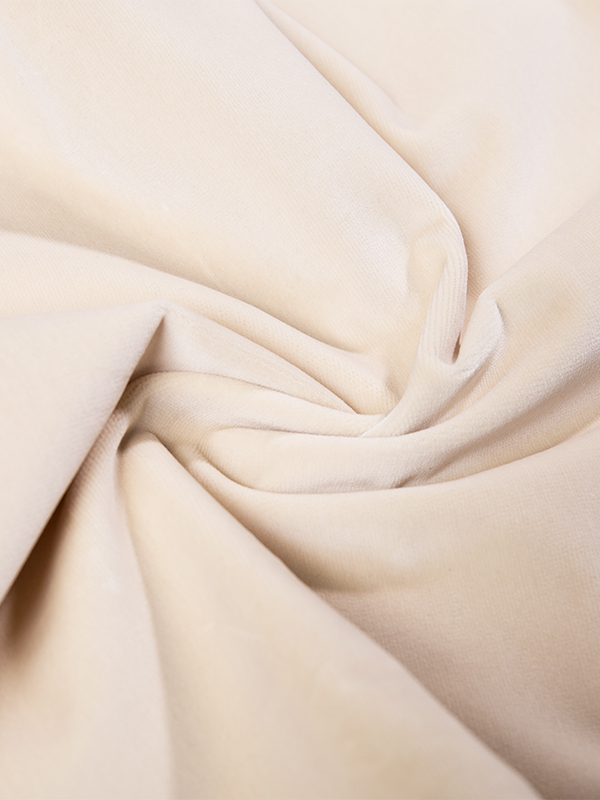
When it comes to selecting the ideal fabric for your sofa upholstery, Soft Cheni...
See Details -
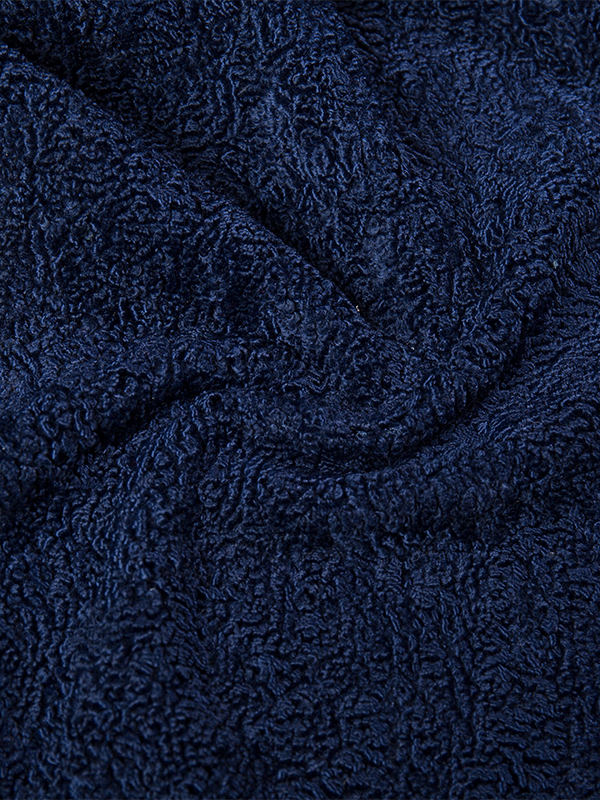
Introducing our premium Soft Boucle Chenille Polyester Fabric, meticulously craf...
See Details -

Polyester Chenille Woven Upholstery Fabric is crafted from high-quality polyeste...
See Details -
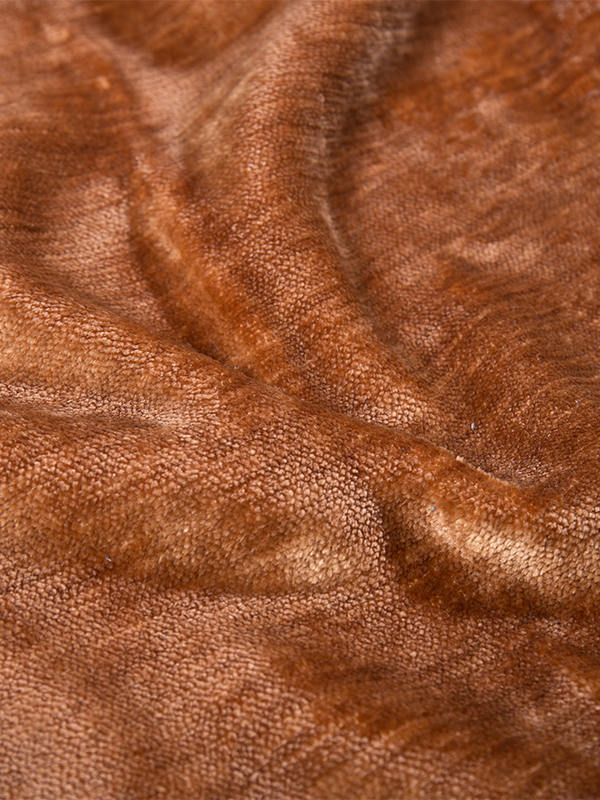
Our Solid Color Chenille Home Textile Sofa Fabric is designed with a focus on el...
See Details -

Our Solid Color Chenille Home Textile Sofa Fabric is the epitome of luxurious co...
See Details -
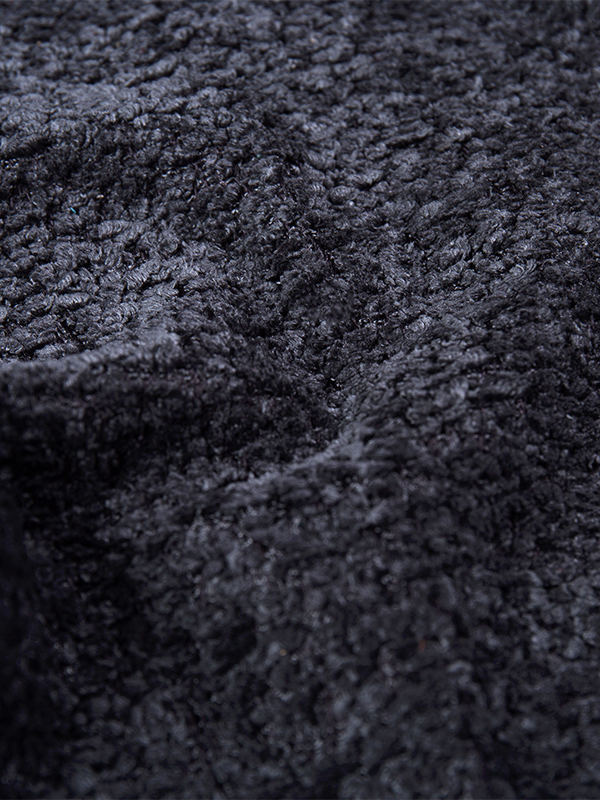
Our Plain Dyed Woven Chenille Fabric is an choice for home textiles, offering a ...
See Details -
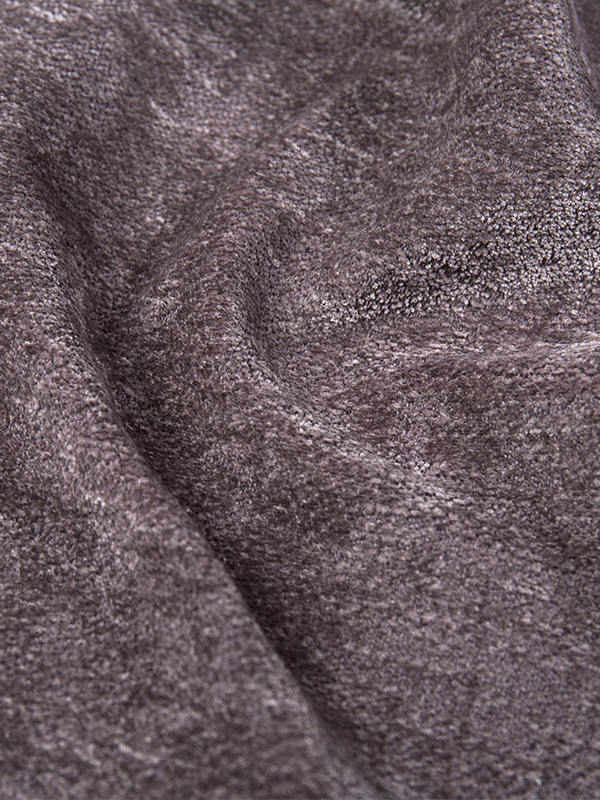
Our Thick Chenille Upholstery Cloth is a premium-grade fabric designed to enhanc...
See Details -
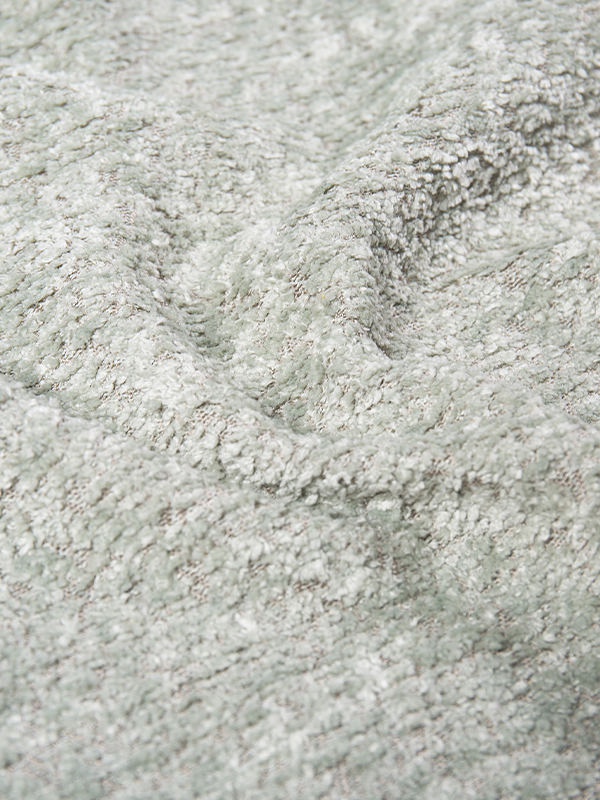
When it comes to premium upholstery fabrics, our luxury polyester chenille soft ...
See Details
If you are interested in our products, please consult us
ADDRESS : NO 158 YUNXING ROAD XIEQIAO TOWN ,HAINING,ZHEJIANG, CHINA
PHONE : +86-18368328456
EMAIL : Jerry@Huayiwarp.Com

 English
English 中文简体
中文简体 русский
русский عربى
عربى Español
Español
